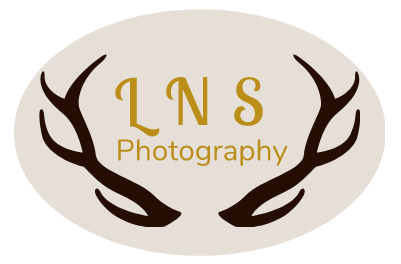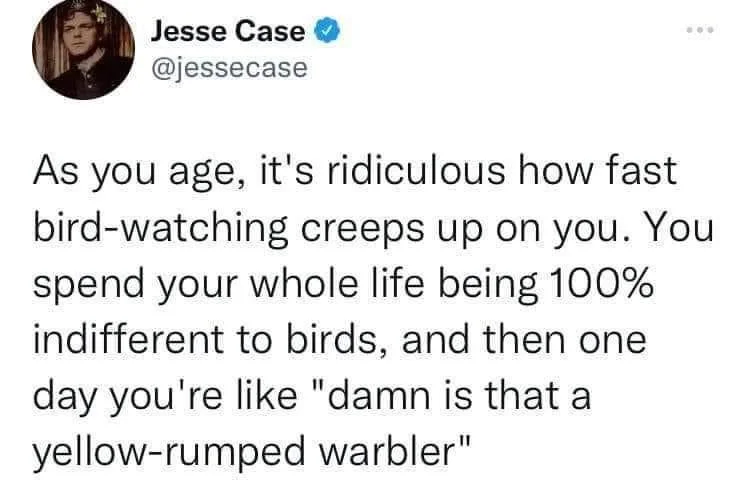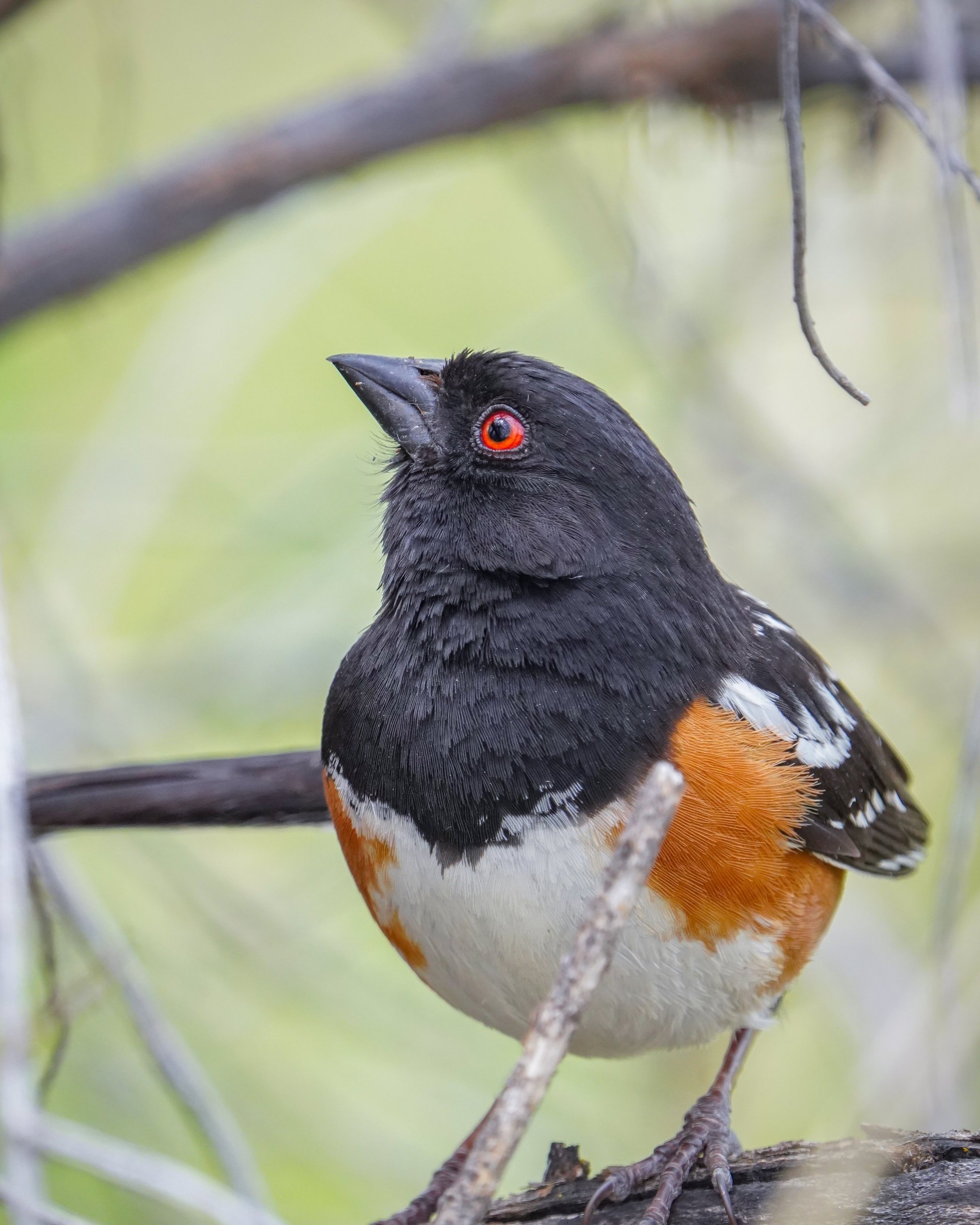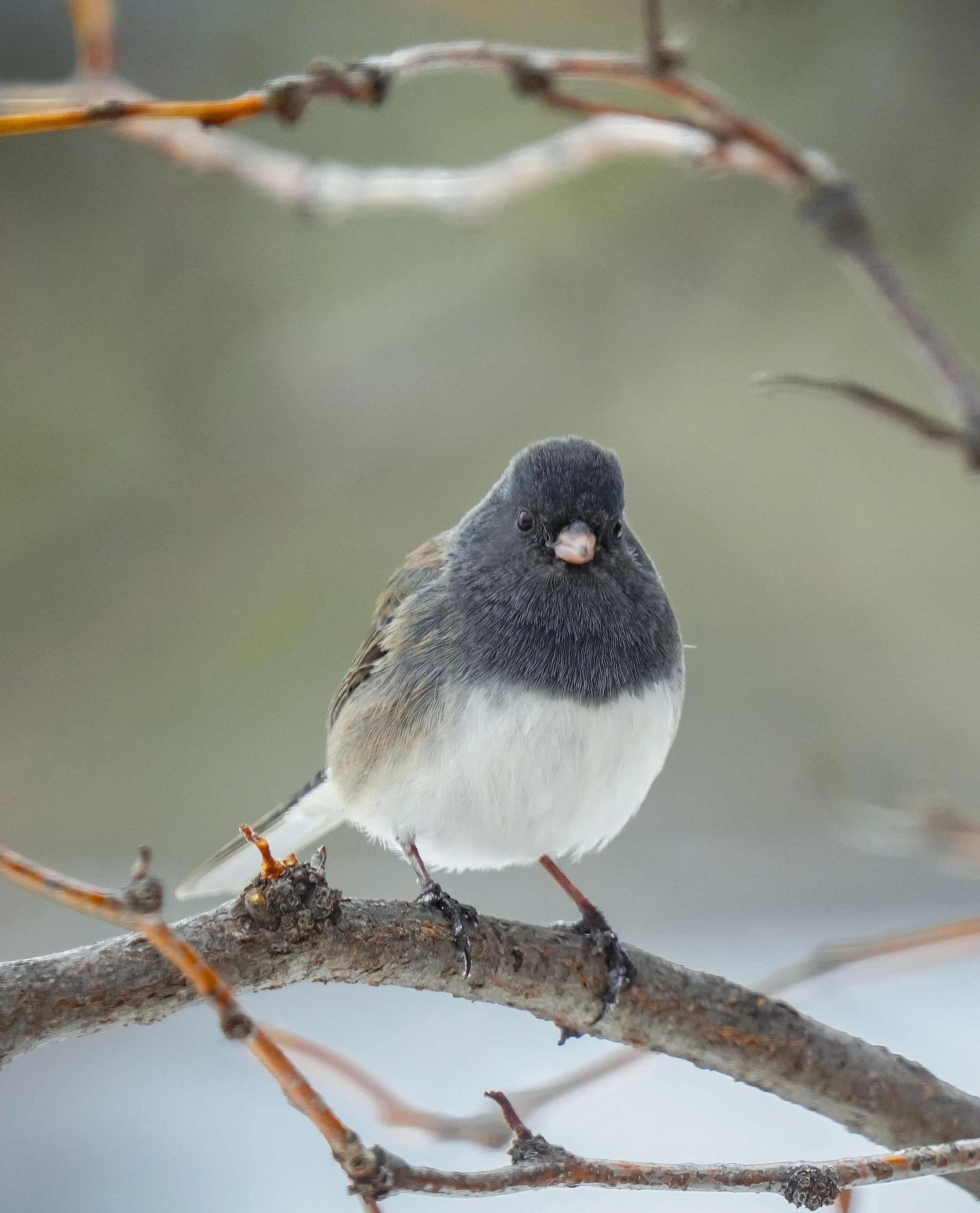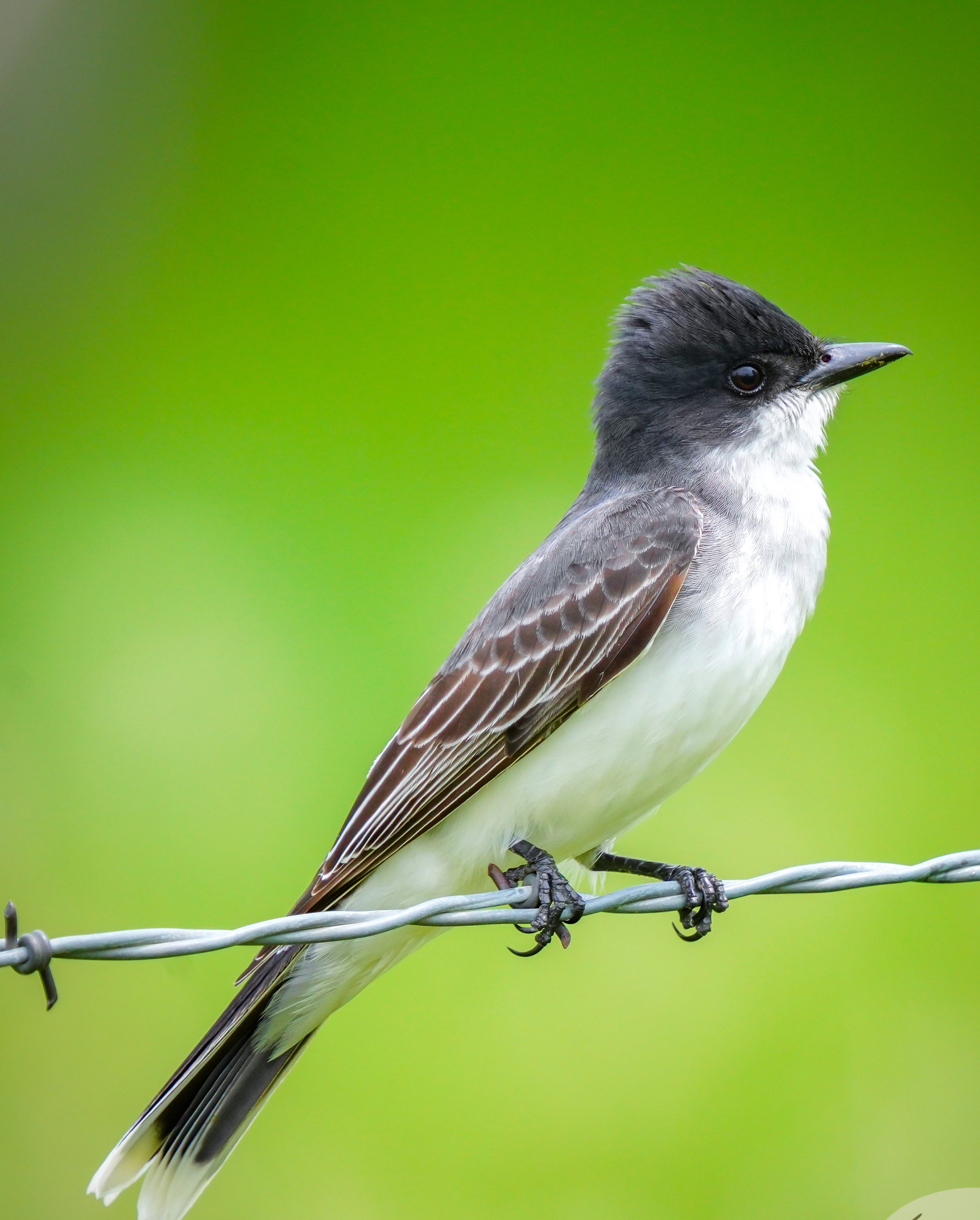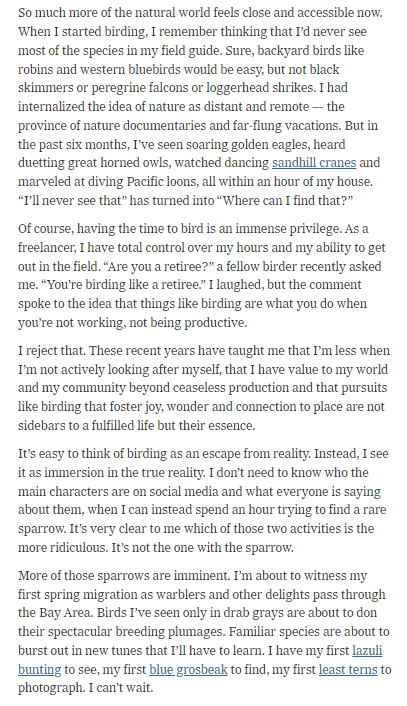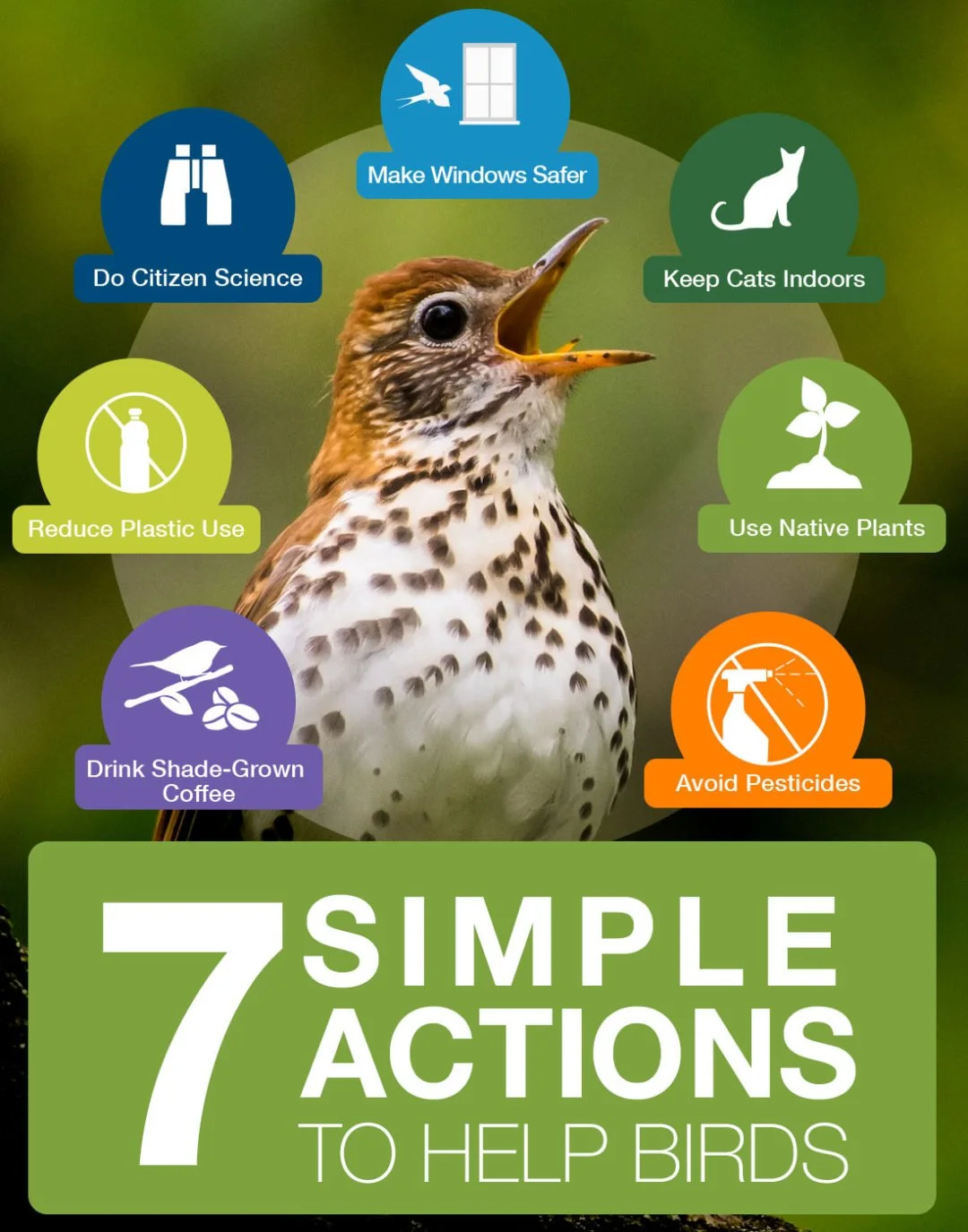Let’s Hear It For The Birds, Part III
April 8, 2024
So Laura, why are you so obsessed with birds?
Great question! And as you may have noticed, a lot of my website, blog posts, and activities are dedicated to birds. So why is that? Well, as someone who’s always loved wildlife and nature, it’s not much of a surprise, but as the meme suggests, birding kind of creeps up on you…
Taking it back to May 7, 2023, I attended my very first official Denver Audubon birding event. I don’t quite remember how I got signed up for the Denver Audubon email newsletter, but I opened my email that week before the first walk and decided to actually read it instead of quickly glancing through it and deleting it. I got all the way to the end and saw upcoming, FREE, events and decided to click on one. The event was to “Walk the Wetlands” at the Denver Audubon Kingery Nature Center with two Master Birders. I signed Don and I up, but was then added to the waitlist for the event. As the day of the event got closer, I lost a little hope that I would get to attend since no one had reached out about open spots. But, late in the evening of May 6, we got an email that 2 spots opened! I was so excited!
The event was at 8 am at the nature center, which is located on the very south end of Denver, south of Chatfield Reservoir (but part of Chatfield State Park). It’s quite a distance, so we got up extra early and made our way down to the nature center. When we arrived, we saw a group gathered near the entrance so we hurried to park and join the group. As we approached, I heard several birds calling and did not recognize them. Exciting! A new species already! We found out after we started our walk that we were hearing Spotted Towhees! A common resident in Colorado, this was the first time I remembered laying eyes on them. It turns out, a number of years earlier I took a picture of one at Roxborough State Park, having no idea (and no real interest) in what I was photographing.
Spotted Towhee from my first “Walk the Wetlands” with Denver Audubon! May 2023
I guess the real interest in birding started when I got my first 600mm lens for my camera (thanks Don!) The 600mm lens can change your life. The ability to zoom in up close and see amazing details, or even just zoom in on something far away and see what it is/identify it, is really quite exhilarating. One of the most life-changing things about that size lens is the ability to finally get a close up look at birds without getting too close to disturb them. I have looked back at when I first got the lens and I have so many photos of birds that, at the time, I didn’t really take time to properly identify. It’s fun to look back at those pictures and add all those birds to my life list I now keep in my Audubon app!
Ok, now back to my experience with Denver Audubon!
During our May 7, 2023 walk, we added several other species to my “lifer” list (which I later found out is the term used when a birder sees a new bird they can add to their list). The first walk was led by Audubon volunteer and master birder Bill Schreitz, and he really made an impact on us with his vast knowledge and passion for the birds. We (well I) was hooked and I was so eager to sign up for more events.
I ended up signing up for 8 events with Denver Audubon in 2023 and I’ve already attended 4 events with them this year and I signed up to be a volunteer! I have also been leading my own birding events that started back on March 6 (join an upcoming walk here.)
I also attended a talk at the Denver Museum of Nature and Science about bird colors and feather structures & I joined the Burrowing Owl Monitoring group through the Butterfly Pavilion. In addition to these, I’ve been spending extra days out birding/looking for wildlife, keeping e-Bird checklists, and scouting locations of interest for future events. I’ve joined Denver Field Ornithologists as a member and I’m looking forward to taking some field trips with them! I also signed up for the annual Colorado Field Ornithologists Convention that will be held in Lamar, CO this year! I’m also a member of the Colorado BHA (backcountry hunters and anglers) and just signed up to remove barb wire fencing and see the Greater Sage-Grouse Lek in Meeker, CO!
I am completely obsessed with trying to find new bird species, learning the patterns/behaviors of the birds we all probably know from our backyards, and acting in a way to help protect our birds, along with our wildlife, local community ecosystems, and our planet.
See below for the start of a bird photo catalog I’m starting to build - I hope to have a reference webpage built later this year! Click on each image to make it bigger.
I read a really great article the other day that sums up my feelings about birding and the “why” of it. Originally from the New York Times…
Read it below:
To close out, I’d like to share a few things I learned from my Denver Audubon volunteer orientation this past weekend about how we can better care for birds and in turn, our planet. The Denver Audubon mission is:
“Inspiring actions that protect birds, other wildlife, and their habitats through education, conservation, and research.”
Here are 7 "actions” you can do to support this very important mission!
1-Make Windows Safer - it is estimated up to 1 billion birds die from window collisions in the US and Canada each year. You can make your own windows safer by making sure birds can see them - from putting up decals on the windows to making sure curtains/blinds are closed during the day.
2- Keep Cats Indoors - it is also estimated that cats kill more birds than window strikes - upwards of 2-3 billion birds in the US and Canada! Cats affect more than just birds - they are particularly invasive in Australia so there are now laws in place to limit cats being outdoors!
3- Less Lawn, More Native Plants - adding native plants to your yard may be easier than you think. The Denver Audubon website has compiled many resources along with educational programing (like their upcoming Birds & Bloom Native Plant Garden Fest). More native plants mean more insects and habitats for birds to feed on and live in!
4- Avoid Pesticides - while this one tends to be an uphill battle, you can lead the way in your own yard or neighborhood by advocating for good old fashioned manual weeding, trying to plant more native flora, and buying more organic products. Pesticides aren’t just deadly to birds and their food sources, they are a human carcinogen!
5- Drink Coffee That’s Good For Birds - as we all know, rainforests are decimated to grow money crops - like coffee - and this is devastating for both the environment and all the animals that depend on the rainforest. This newer concept asks that you buy “shade-grown” coffee that is certified as “bird friendly”. Even buying “rainforest alliance certified” is better than not. If you love coffee as much as I do, try to buy the stuff that helps the birds too!
6- Use Less Plastic - this has been a message to all of us for years now. And now it is easier than ever to avoid plastic and also recycle plastic. Consider using more reusable totes, glass containers for food storage, and adding a recycling program like Ridwell - which takes plastic and repurposes it with local community partners (I have a limited number of free trials I can give away, please message me if you are interested!)
7- Be A Birder & Report Your Findings! - last but NOT least, birding directly benefits the local birds in your area. You become the eyes and ears of your community by keeping a tally of what you are seeing and reporting it in apps like e-Bird, i-Naturalist, Merlin, and Audubon. Scientists can pull data and make conclusions about patterns and problem areas. This can lead to profound changes in our legislation!
If you would like to learn more, you can find additional information about these actions from Cornell University.
Thank you for taking the time to read through this and I hope you’ll TAKE ACTION, not just for our birds, but for our communities, our ecosystems, our world, and ourselves.
